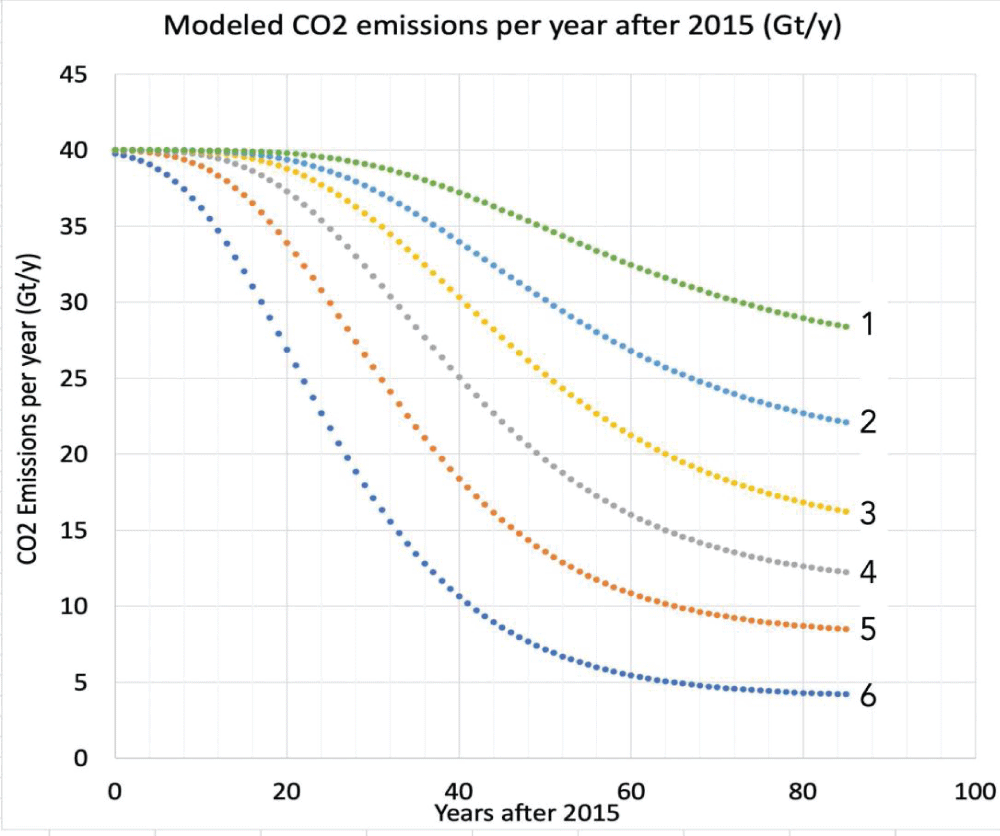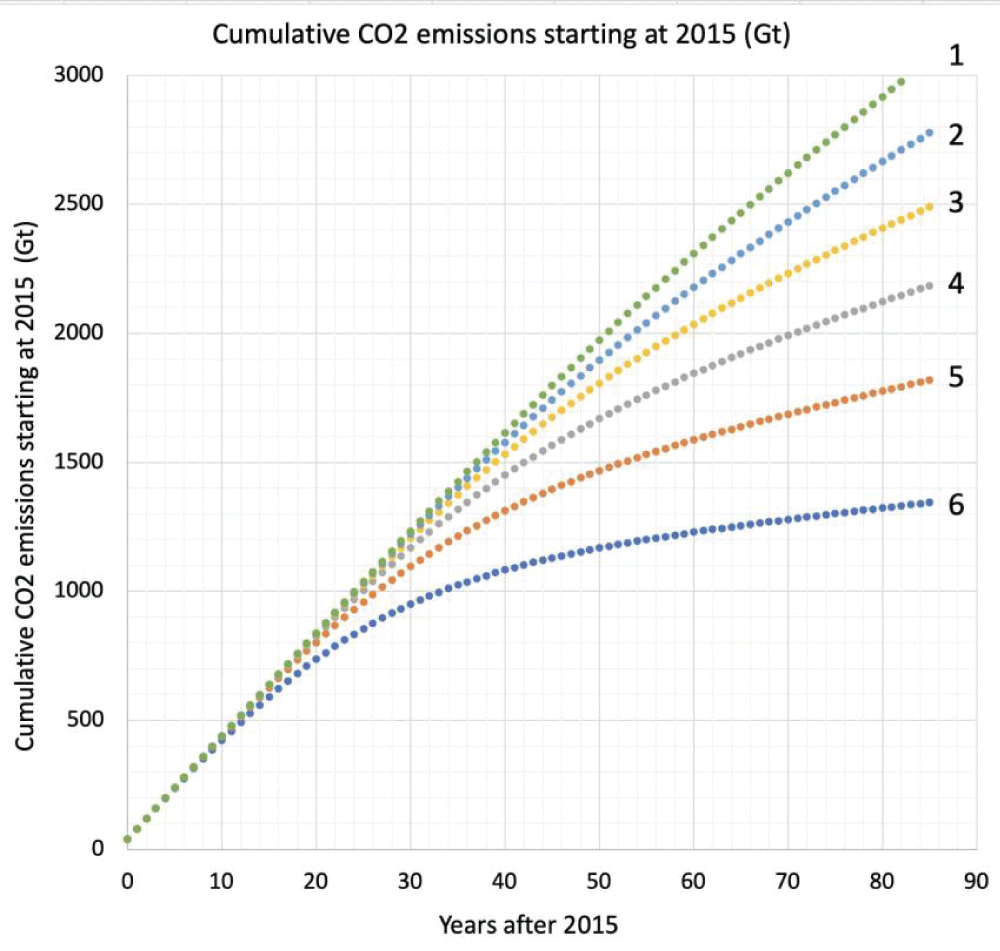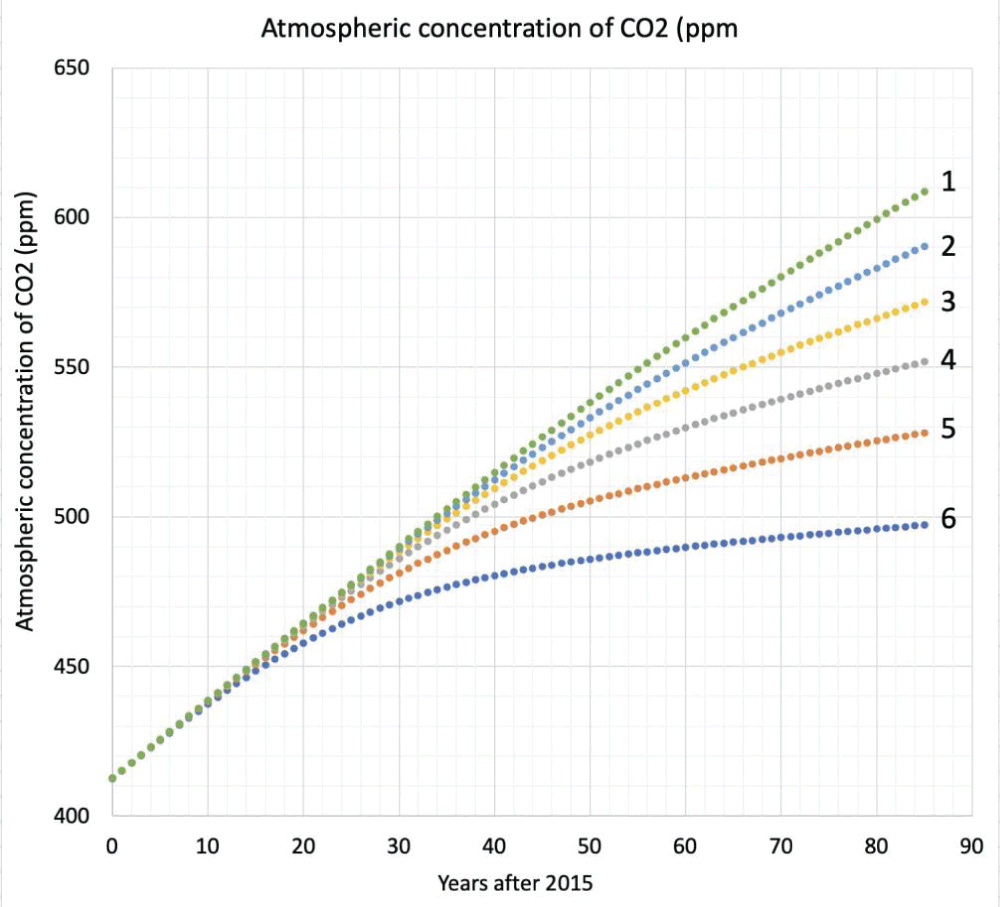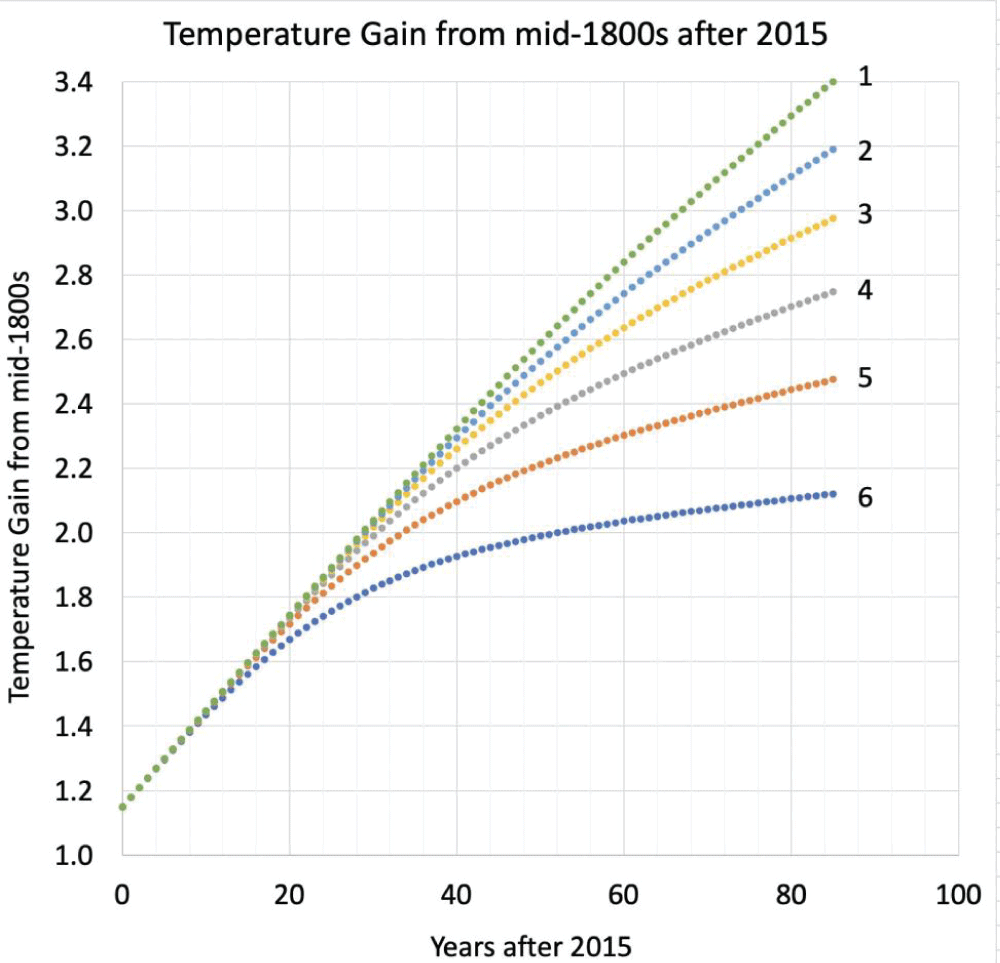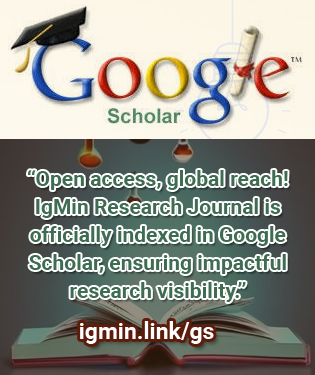要約
The International Panel on Climate Change (IPCC) published a lengthy report on climate change in early 2023. This report hypothesizes five potential scenarios of greenhouse gas emissions from 2015 to the end of the century (2100) and estimates the global average temperature gain in the year 2100 from the mid-1800s for each scenario. The method of calculation in the IPCC report is obscure. The results are merely stated.
The present paper provides a clear method for estimating the temperature gain each year from 2015 until 2100, along with yearly estimates of ppm of CO2. To facilitate the calculations, a set of scenarios of future emissions was chosen that is analogous to the scenarios used by the IPCC but is more amenable to computation.
The basic assumption in this paper is that most of the temperature gain from the mid-1800s to 2015 (1.15 C – as reported by the IPCC) was due to rising CO2 concentration in the atmosphere and a relationship is thereby derived between warming and gigatons of CO2 emitted for the period: 1800s to 2015. If it is assumed that the amount of warming per gigaton CO2 from the past persists into the 21st century, then future warming in the 21st century can be estimated for any assumed future scenario of CO2 emissions.
This paper provides a simple and clear estimate of yearly CO2 ppm and temperature rise from 2015 to 2100 since the 1800s for a set of scenarios that cover the likely range of future emissions.




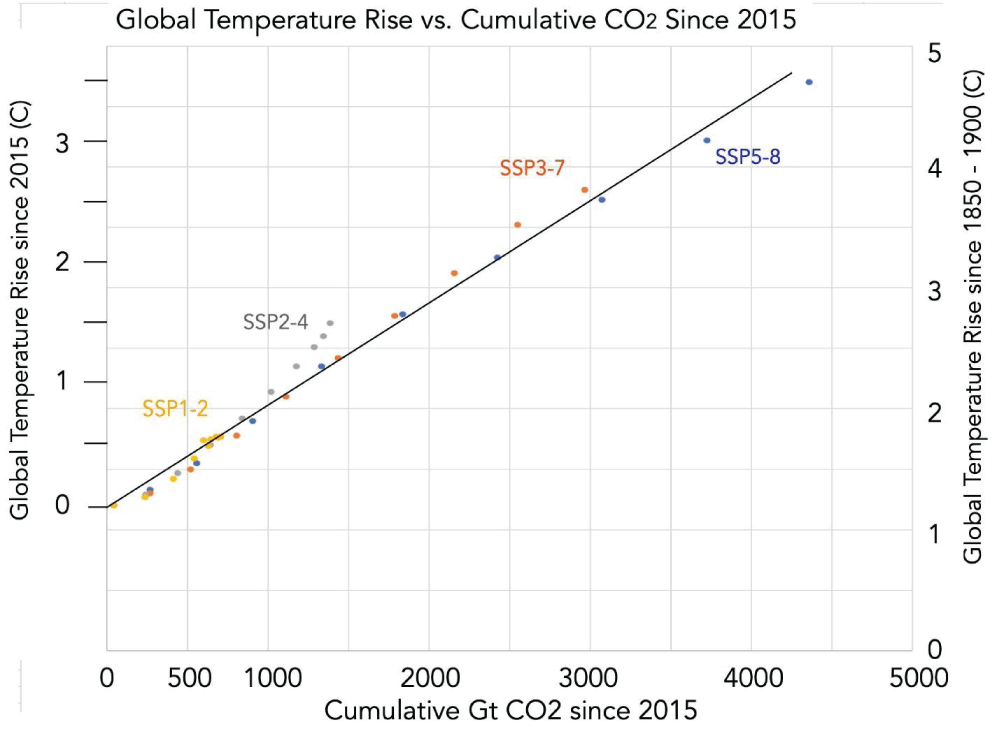
![Cumulative emissions of CO2 from the mid-1800s to 2015 (CDIAC) [9].](https://www.igminresearch.jp/articles/figures/igmin218/igmin218.g002.png)
